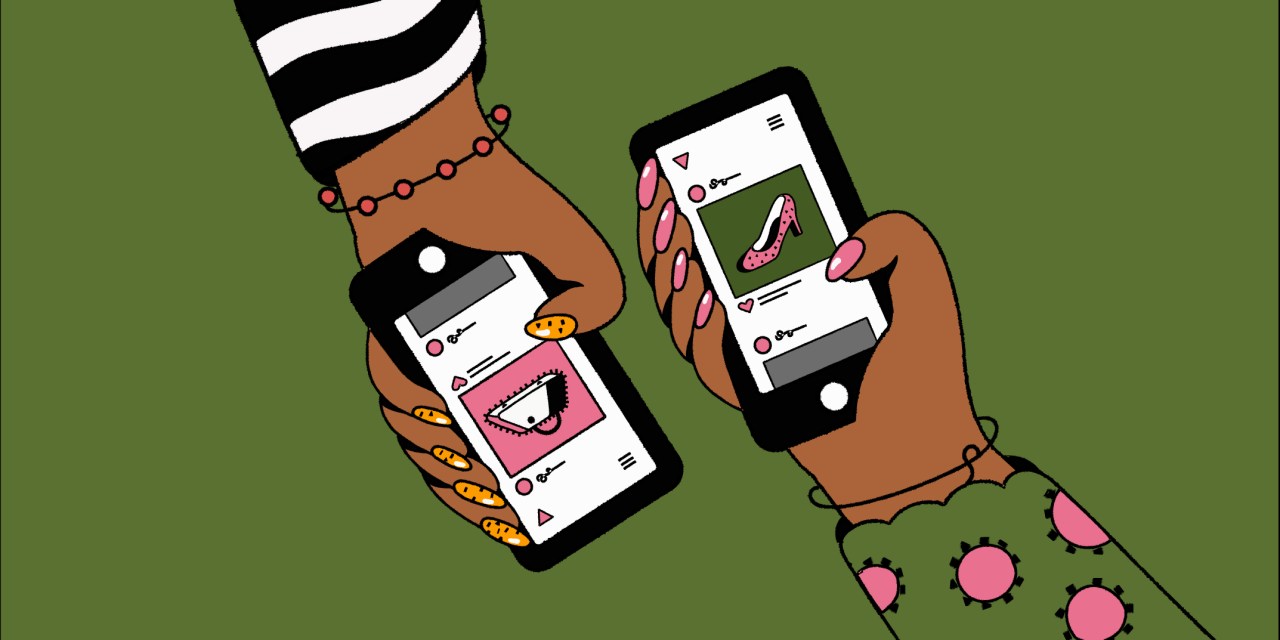‘The one piece that can’t be done on Zoom’: How one agency converted its main office into a production studio to keep shooting

With coronavirus social distancing guidelines and lockdowns rushed into place last spring, social content creation and production came to an abrupt and jarring halt.
Still, some found ways to continue to produce work for clients, getting creative, nimble and sometimes going to extremes. New York City-based creative agency Socialfly, for example, decided to convert its entire HQ office into a production-first studio setup.
Socialfly consolidated and transformed into a studio with mock bedrooms, living rooms and other modifiable setups. With the changes, the studio focused on turning out Instagram Reels, product imagery, stop motion video and more for clients like Mam Baby, Whisps Cheese Crisps and Ruby Love apparel brand. As a result, the agency was been able to continue to create content and maintain clients.
To build the new Socialfly Studios, the agency let one of its two leased NYC-based office spaces end and moved everything from its studio space into the main office space, where the lease continues. From there, the team’s creative director restructured the office, converting conference rooms into prop and equipment storage, space for hair and makeup as well as wardrobe. Meanwhile, former office space is now reserved for talent and clients, compliant with coronavirus social distancing guidelines.
The agency continues to limit the number of clients and staff allowed in the studio at any given time.
Currently, Socialfly doesn’t have plans to return the office to it’s traditional function or bring remote staffers back to their pre-Covid office setting or functions, according to Courtney Spritzer, CEO of SocialFly. There are plans, however, to create a flexible plan or hybrid remote work option, where employees can utilize the studio as office space on a sign-up basis.
“We’re trying to figure out how to make this work in this new normal,” she said.
Content creation is the one thing agencies can’t do on Zoom calls, said Allen Adamson, brand analyst and co-founder of Metaforce. Adamson said most of the work agencies do doesn’t require an office setting, so opting to pivot to a production studio in it place was a smart use of space that would have otherwise been dormant.
“[Socialfly] boiled down their business to the one piece that can’t be done on Zoom and actually is the most important piece, which is how you take an ad and bring it to life,” Adamson said.
In terms of costs, Spritzer said the agency going remote and converting its main office has allowed them to save on overhead expenses like rent, internet access, office snacks and supplies. Although the CEO declined to provide details, she did say monies saved went into hiring more staff, including a managing director and a new vp of client services and strategy. However, there are still Covid costs.
“If anything, there’s more added costs because of the safety concerns, the cleaning you have to do, the protective equipment you need to order,” she said. “I would say it’s kind of the opposite [of saving money], actually.”
But staying in the game, and in business, is mission one and the pandemic and social distancing guidelines have changed what content creation means and looks like for brands and social media agencies alike. For example, earlier this year, the shoe company Reef spoke to Digiday about a new creator program to keep social content production going.
Post-pandemic, the agency world may have learned that the concept of a headquarters-envisioned office space isn’t as important as it was pre-pandemic, Adamson said.
“The disruptive and transformative effects of the pandemic on the ad business is yet to be understood. But the one thing it did show, is that you don’t need large offices to get people to collaborate to make advertising,” he said.
